If you’ve ever felt overwhelmed by the number of skincare products on your vanity, you’re not alone. With toners, serums, moisturizers, and oils all vying for a spot in your routine, it’s easy to get confused about how to layer them for the best results. Layering skincare products correctly can maximize their effectiveness, ensuring that each step works in harmony to give you glowing, healthy skin.
In this post, we’ll explore the art of layering your skincare products effectively, breaking down the order of application and why it matters.
Why Is the Order of Skincare Important?
The order in which you apply your skincare products plays a crucial role in how well they absorb and perform on your skin. Skincare products should generally be applied in order of their texture—from the lightest to the heaviest. This ensures that lighter, water-based products can penetrate the skin before being sealed in with heavier creams and oils.
Getting the order right means your products work at their full potential, giving your skin all the benefits they promise.

The Ideal Skincare Routine : Step-by-Step Guide
1. Cleanser : The First Step to Clear Skin
Every good skincare routine begins with cleansing. Cleansing removes dirt, oil, makeup, and pollutants from the skin’s surface, leaving it fresh and ready to absorb the following products. Opt for a gentle cleanser that won’t strip your skin of its natural oils but will effectively remove impurities.
For nighttime, double cleansing—starting with an oil-based cleanser followed by a water-based cleanser—is ideal for breaking down makeup and sunscreen.
Tip : Cleansing is crucial both morning and night. Even though your skin isn’t exposed to pollution overnight, it still secretes oils and sheds dead skin cells.
2. Toner : Prepping Your SKin for Hydration
Toners help to balance your skin’s pH after cleansing, removing any leftover impurities while prepping your skin for better absorption of the next steps. Look for toners that hydrate, soothe, and brighten the skin rather than alcohol-based ones that can be overly drying.
Tip : Apply toner immediately after cleansing while your skin is still damp for optimal absorption.
3. Essence : Lightweight Hydration
Essences are lightweight, water-based treatments that add an extra layer of hydration and nourishment. They are usually rich in antioxidants, vitamins, and other active ingredients to treat the skin. Though not a mandatory step, they can be a game-changer for those who need an extra boost of moisture or brightening.
Tip : Gently pat y our essence into your skin using your fingertips to enhance penetration.
4. Serum : Target Your Skin Concerns
Serums are powerhouse treatments designed to target specific skin concerns like hyperpigmentation, fine lines, acne, or dehydration. These concentrated formulas contain high levels of active ingredients such as vitamin C, hyaluronic acid, or niacinamide.
Since serums are often water-based, they should be applied before heavier products like moisturizers or oils to ensure they penetrate the skin effectively.
Tip : If you're using multiple serums, apply the thinnest one first. If a serum has a thicker consistency or is oil-based, apply it after lighter serums.

5. Eye Cream : Protect the Delicate Eye Area
The skin around your eyes is thinner and more delicate, making it prone to dryness, puffiness, and fine lines. Eye creams are specially formulated to hydrate and protect this sensitive area. Gently tap eye cream along your orbital bone using your ring finger (the weakest finger) to avoid tugging or irritating the skin.
Tip : Look for eye creams with ingredients like caffeine (to reduce puffiness), peptides (for fine lines), or hyaluronic acid (for hydration).
6. Moisturizer : Lock in Hydration
Moisturizers play a crucial role in sealing in hydration and acting as a protective barrier for the skin. Whether you prefer a lightweight lotion or a richer cream, moisturizing is essential for all skin types—yes, even oily skin. Choose a moisturizer that suits your skin type and concerns, and make sure to apply it evenly across your face and neck.
Tip : For oily skin, opt for gel-based or lightweight moisturizers. For dry skin, go for a thicker, more emollient formula.
7. Facial Oil : Seal Everything In
Facial oils are heavier in texture and should be used as the final step in your nighttime routine to seal in moisture and provide additional nourishment. Oils also help to strengthen the skin barrier and prevent water loss, making them particularly beneficial during the colder months or if you have dry skin.
Tip : Use just a few drops of facial oil, pressing it gently into the skin. If you have oily or acne-prone skin, you can skip this step or choose a lightweight, non-comedogenic oil.

8. Sunscreen : The Most Important Step
Sunscreen is the final step in your morning skincare routine and arguably the most important one. Sunscreen protects your skin from the harmful effects of UV rays, which can cause premature aging, hyperpigmentation, and skin cancer. Choose a broad-spectrum sunscreen with at least SPF 30 and apply it generously over your face, neck, and any exposed skin.
Tip : unscreen should be applied as the last step in your morning routine, after your moisturizer, to ensure maximum protection.

Bonus Tips for Effective Layering
- Let Products Absorb Between Layers : Give each product a minute or two to absorb before moving on to the next step. This prevents the products from pilling (rolling off your skin) and ensures each layer is effective.
- Don’t Overdo It : While it can be tempting to use every product in your arsenal, more isn’t always better. Stick to a simple routine that addresses your skin’s current needs, and don’t layer too many active ingredients at once to avoid irritation.
- Listen to Your Skin : Everyone’s skin is different, so pay attention to how your skin reacts. If you notice irritation or breakouts, you might be overloading your skin or using incompatible products.

Mastering the Art of Layering
Layering your skincare products effectively doesn’t have to be complicated. By following the correct order—starting with the lightest products and finishing with heavier moisturizers and oils—you can ensure that your skin gets the most out of each step in your routine. With time, you’ll find a layering technique that works best for your skin type and concerns, leading to healthier, glowing skin.
Take the time to build a routine that suits you, and enjoy the benefits of well-layered, well-cared-for skin!


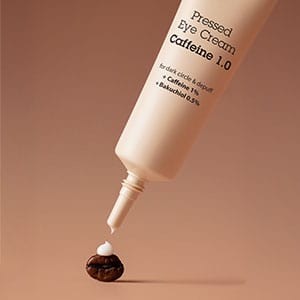
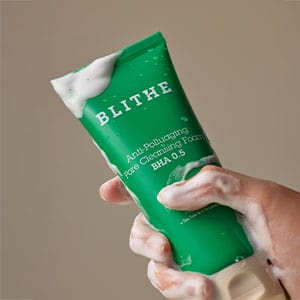
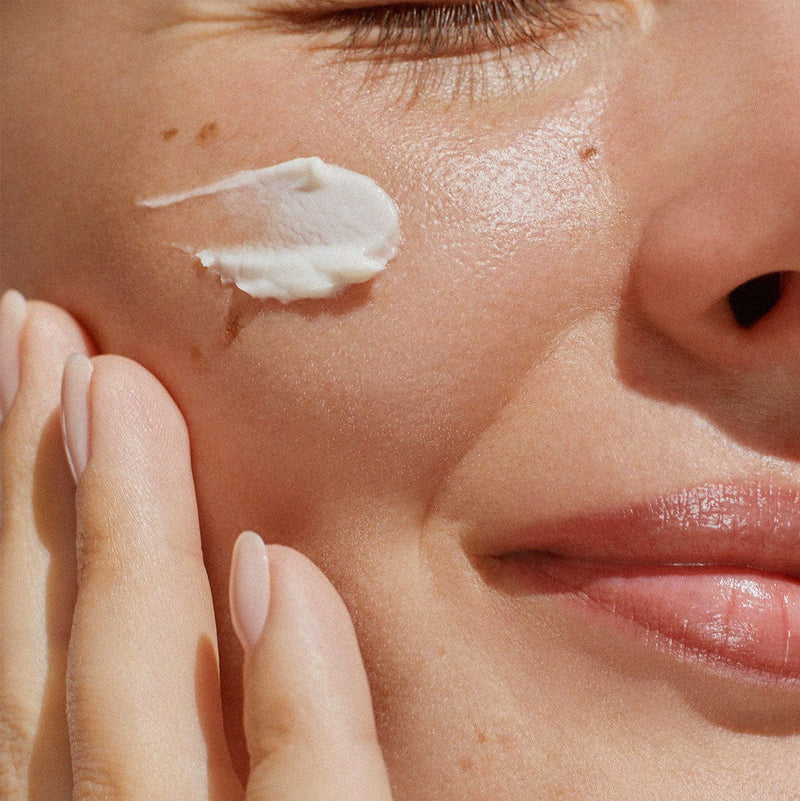
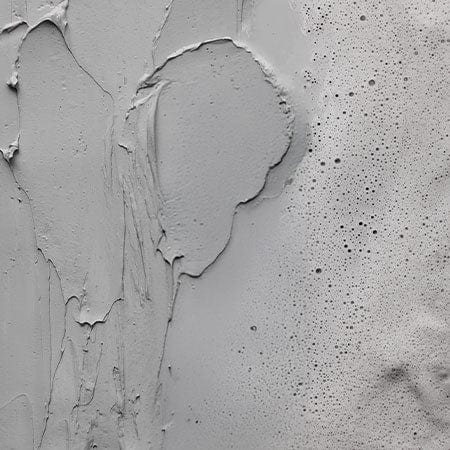
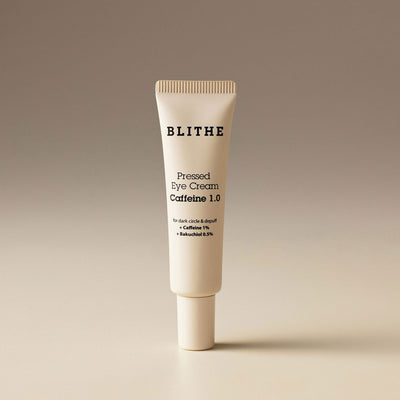
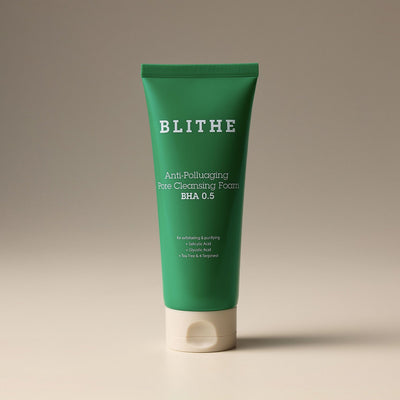
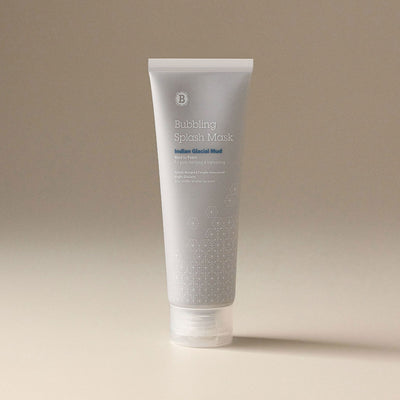
Leave a comment